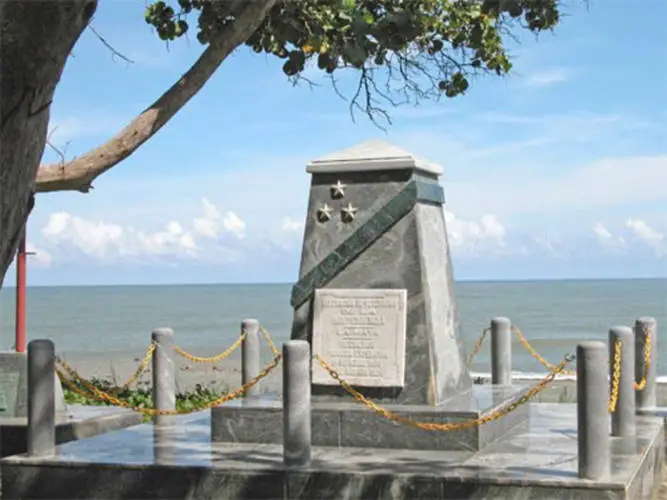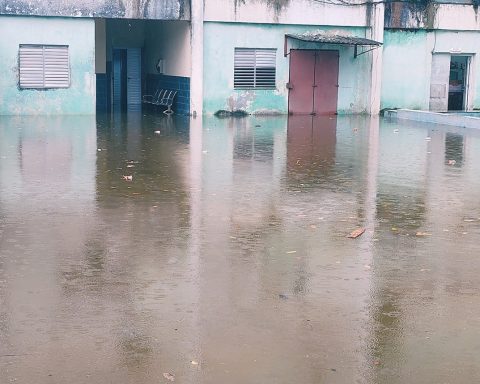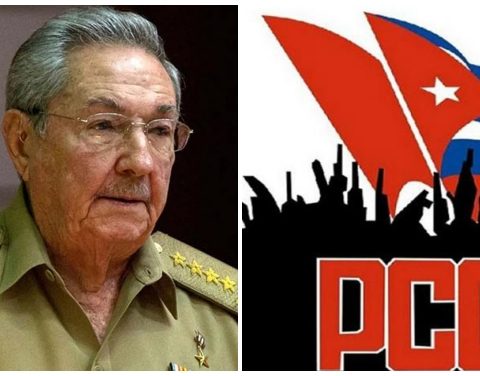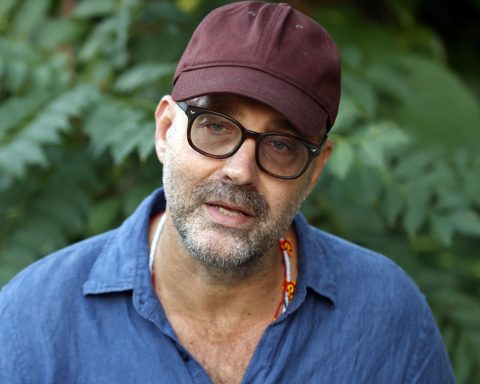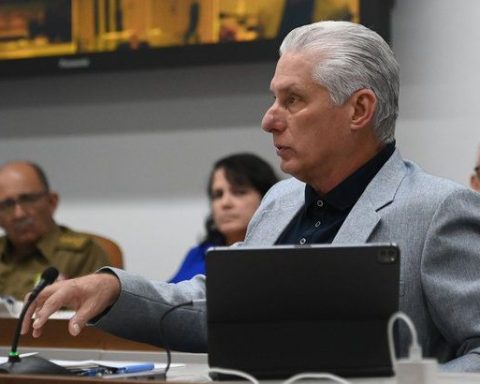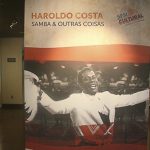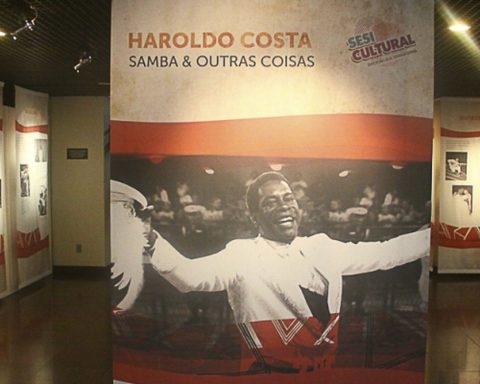MIAMI, United States. — On April 1, 1895, Antonio Maceo, Flor Crombet and 21 other men disembarked at Playa Duaba (Guantánamo) in an expedition organized by the Cuban Revolutionary Party (PRC).
The patriots, whose objective was to join the recently begun independence struggle, had set sail on March 25 from Puerto Limón, Costa Rica, aboard the English steamer “Adirondack”, belonging to the Atlas shipping company, which covered the line between Central America and New York, with stops in Kingston, Jamaica and Fortune Island (Bahamas).
This is one of the most controversial events linked to the so-called Necessary Warmarked by the deep disagreements between Maceo and Flor Crombet, who had challenged each other to a duel some time before.
Martí, who obtained the funds to organize the expedition, put Crombet in charge of it, which generated friction between The Apostle and The Bronze Titan, who already had serious differences on how the war should be organized and directed.
In addition to Generals Antonio Maceo, José Maceo and Flor Crombet, Colonels Agustín Cebreco and Adolfo Peña (Colombian) embarked for Cuba; Lieutenant Colonels Silverio Sánchez Figueras, Patricio Corona, Arcid Duverger, José M. Arseno (Dominican), José Palacios and Alberto Boix; Commanders Juan Fustiel and Juan B. Limonta; the captains Joaquín Sánchez, Francisco J. Agramonte (commissioned by Martí to bring Crombet the money for the expedition), Jesús María Santini, Isidoro Noriega and Manuel J. Granda; Lieutenants Jorge Través Estrada, Tomás and Julio Sainz, and Second Lieutenants Luis Henríquez and Luis Soler.
Because the expedition members traveled on the English steamer in semi-clandestine conditions, the patriots barely carried 11 rifles with 75 cartridges each, 23 revolvers and 15 machetes.
Once in the Bahamas, the expedition members on the schooner “Honor” headed for the island of Inagua. After a tropical storm followed by a great calm, almost off the coast of this island, by order of Crombet, Francisco Agramonte spoke with the skipper and asked him to take them to Cuba.
The boat sailed with all the lights off, due to the danger of the area, constantly watched by the Spanish warships that, knowing that Maceo had left Costa Rica, were launched in pursuit of the Bronze Titan and his companions to prevent them from arriving. and join the war.
The landing in Duaba took place under very difficult conditions, since the expedition members were forced to sacrifice the schooner in order to reach the shore. When the boat hit bottom, it turned to port and all the members of the expedition had to jump into the water to reach the beach, which fortunately was sandy.
On the same April 1, the expedition members, who had headed for the Duaba hamlet, camping in Alto del Pino, made their first contact with the Spanish on a small elevation of the site called Naranjo. It would be the beginning of a series of confrontations between the small group and the uniformed men, who would count on the so-called Yateras Indians to deploy the hunt.
